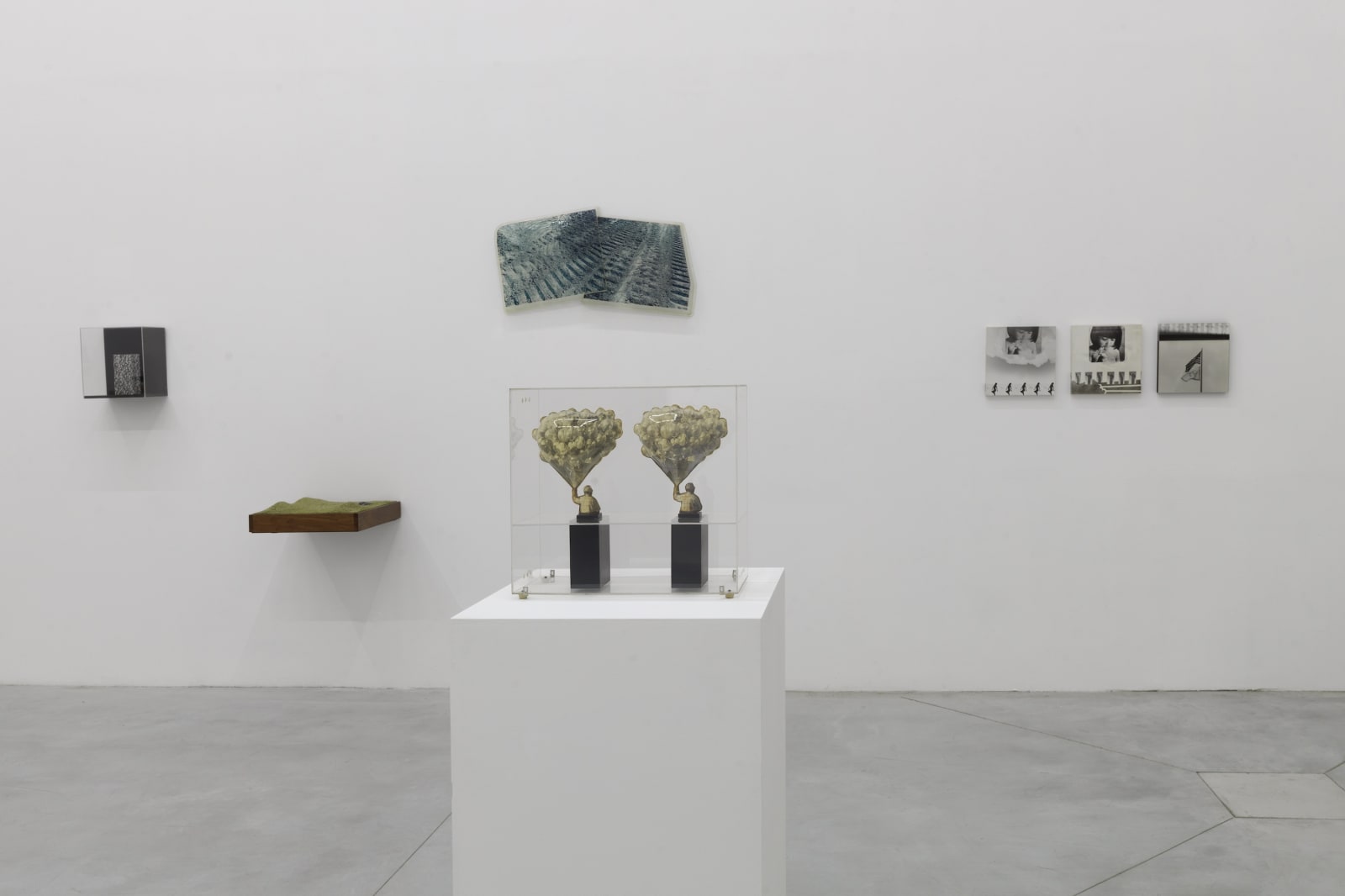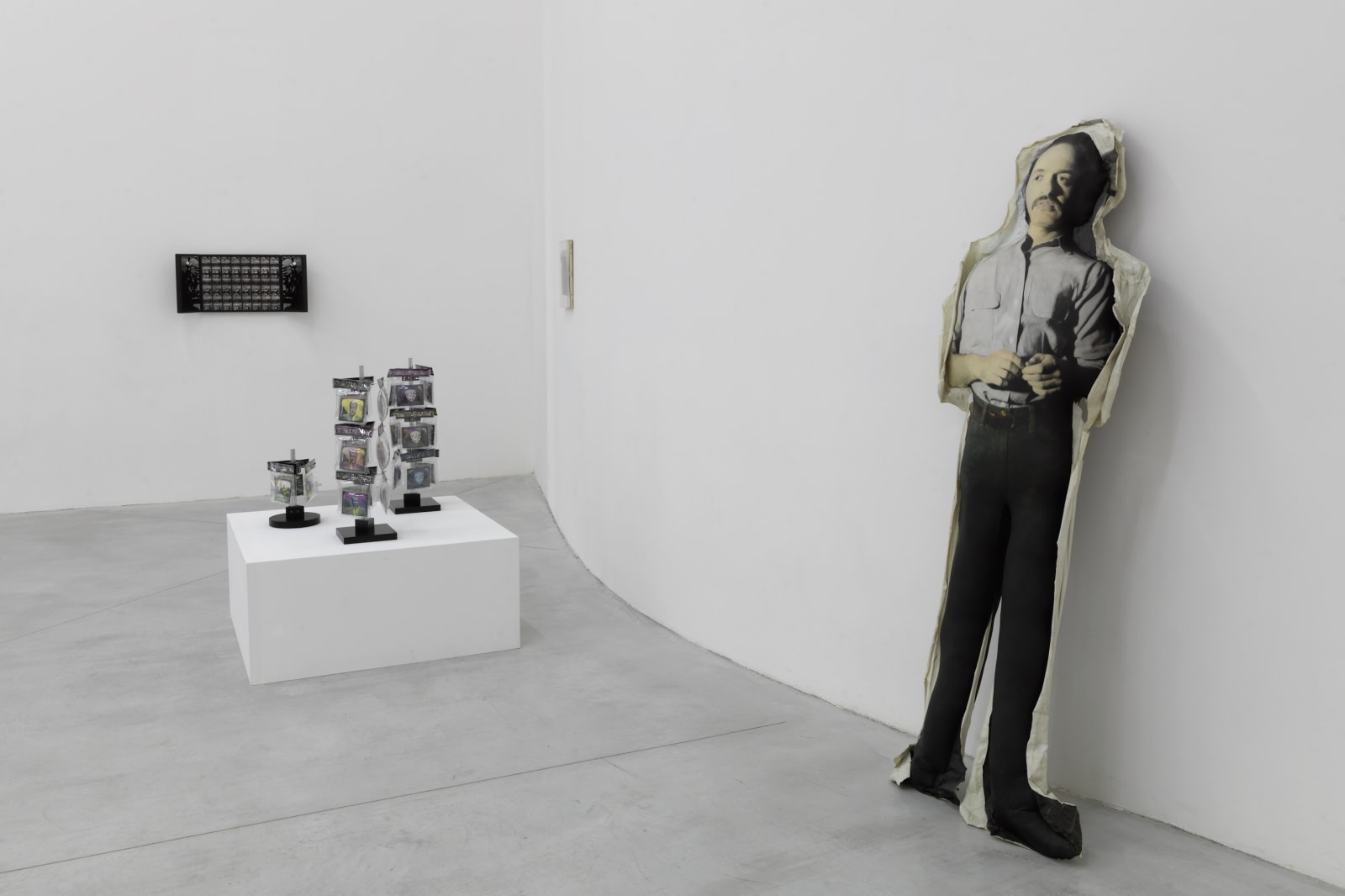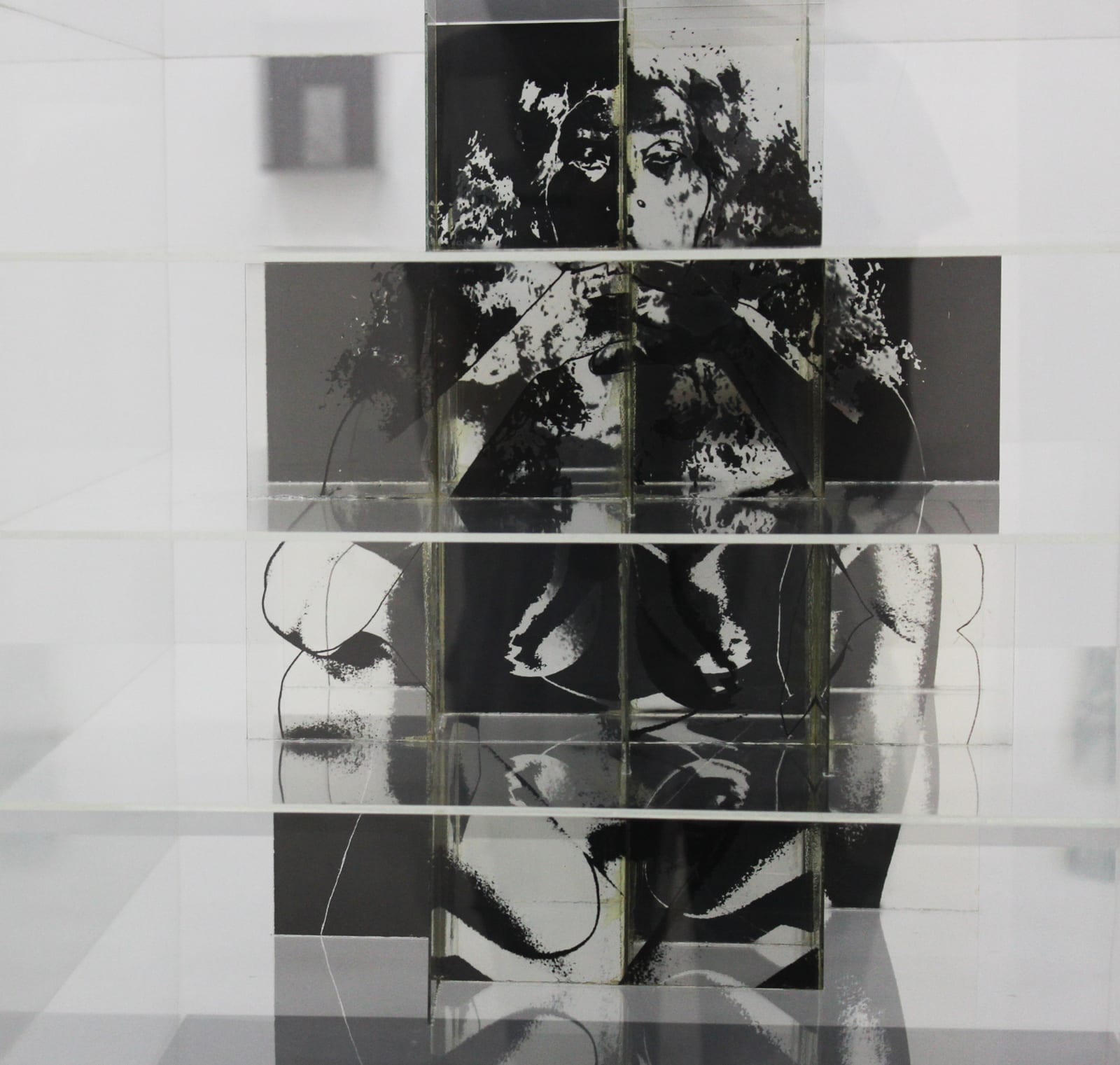July 4, 2013 - September 29, 2013
Andre Haluska, Bea Nettles, Carl Cheng, Charles Roitz, Dale Quarterman, Darryl Curran, Ellen Brooks, Jack Dale, James Pennuto, Jerry McMillan, Lynton Wells, Michael de Courcy, Michael Stone, Richard Jackson, Robert Brown, Robert Heinecken, and Robert Watts.
Press Release:
"The Photographic Object 1970," presented in the Consortium hall, follows the exhibition of Peter Bunnel shown at the MoMA, New York in 1970: "Photography into Sculpture." It was subsequently toured by a large number of institutions in the United States and Canada such as the Krannert Art Museum, the Menil Collection, the Fort Worth Museum of Modern Art, the Vancouver Art Gallery, the Virginia Museum of Fine Art, the Phoenix Art Museum, the San Fransisco Museum of Modern Art and Otis College of Art and Design in Los Angeles.
This exhibition is reborn in 2011 in Los Angeles thanks to the gallery Cherry and Martin. The majority of the works presented in 1970 are visible today in the art center. Only artists Karl Folsom, Ed O'Connell and Leslie Snyder were not found by the Cherry and Martin gallery. Joe Pirone, Douglas Prince and Ted Victoria are not present in the Dijon exhibition.
"Photography into Sculpture" was the largest exhibition of new photographic objects that appeared in the late 1960s and early 1970s. Described as "the first comprehensive study of photographic images with sculptural or multidimensional pretensions" on the wall of the Museum of Modern Art in New York in 1970. "Photography into Sculpture" represented in pictures the radical movements of the late 1960s, in and outside the world of photography. This exhibition has forged links with previous exhibitions, announced new ideas and prepared for new exhibitions, such as that of curator John Szarkowski "Mirrors and Windows," presented at the MoMA in New York in 1978, in which there were several of the same artists.
The twenty-three artists of "Photography into Sculpture" responded to the changing role of the photographic image, they knew how to link technology and modern life. In his essay, Peter Bunnell explains that "although photography has been one of the most disturbing forces of the last centuries, its assimilation to the common experience has been so complete, its evolution so progressive, that for most people, the media no longer exists at the conscious level. Historian Mary Statzer adds that the dates of Photography into Sculpture coincide with that of Curator Kynaston McShine's exhibition in 1970. Bunnell described his discussions with McShine about photographic objects and their practices - in the book Works of Ed Ruscha, for example, or that of Ingrid and Iain Baxter NE Thing Co. - as part of an endless conversation they had about how these objects fit into photography and new conceptual art in evolution.
It was actually Iain Baxter, one of the artists at McShine's "Information" exhibit, who introduced Peter Bunnell to fellow members of the Vancouver-based experimental art society, "The Intermedia Society," with whom Bexter was associated. Bunnell was captivated by Jack Dale's constructions made of glass and photosensitive Plexiglas (Cubed Woman # 3 a-b, 1970), and by Michael Courcy's stacks of cartoons (Untitled, 1970). Courcy's stacks of cardboard, photographed in various urban and rural locations across Canada, then appeared on the cover of Artscanada in June 1970 for the exhibition "Photography into Sculpture." On this same trip, Los Angeles-based artist Robert Heinecken (Figure Foliage, 1966) presents Bunnell to his students and alumni at the University of California, Los Angeles, (UCLA), Ellen Brooks, Carl Chend, Darryl Curran and Michael Stone. Ellen Brooks, one of the few women in the Bunnell exhibition (Flats: One Through Five, 1969) has raised controversy for the portrayal of sexuality in her work. Carl Cheng's film, molded plastic and plexiglass pieces (Sculpture for Stereo Viewers, 1968) already announced his activities as John Doe, Co. Robert Heinecken's work was already known in photographic circles, having already appeared in Bunnell's "Photography as Printmaking" exhibition in 1968 at MoMA. As for the exhibition "Photography into Sculpture," it included several artists featured in exhibitions organized by Nathan Lyons: "The Persistence of Vision" and "Vision and Expression" at the George Eastlan House in 1967 and 1969. Bunnell also including Los Angeles-based Californian artist Robert Brown, his San Francisco-based collaborator James Pennuto (Tracks, 1970) and Jerry McMillan (Wrinkle Bag, 1965) whose idiosyncratic photography practices had evolved outside the world of photography . McMillian's exhibition at the Pasadena Museum of Art in 1966 was organized by Walter Hopps, one of the founders of Ferus. McMillian's direct partners were painters and friends, such as Ed Ruscha and Joe Goode, who
like him had left Oklahoma City for Los Angeles in the late 1950s.
This is the work of the young Los Angeles artist Richard Jackson (Negative Numbers, 1970-2011) who, according to Bunnell, felt the most about future changes in photography. During a visit to the artist's studio, the young conservative realizes that Jackson does not develop his negatives. He uses them to form sculptural objects. He was blown away: "It never crossed my mind that a person does not develop his negatives, although a negative film is in itself the most photographic of objects. To this exciting mix of West Coast artists, Peter Bunnell adds New York artist Robert Watts of the Fluxus group - whose photographic likeliness experiments were exhibited at the Castelli Gallery in New York in 1964 and detailed by Donald Judd-, young artists from the East Coast; Douglas Prince, Ted Victoria, and Lynton Wells (Untitled, 1969), Chicago's Dale Quaterman ("Marvella," 1969), and Bea Nettles of Champaign, Illinois.























